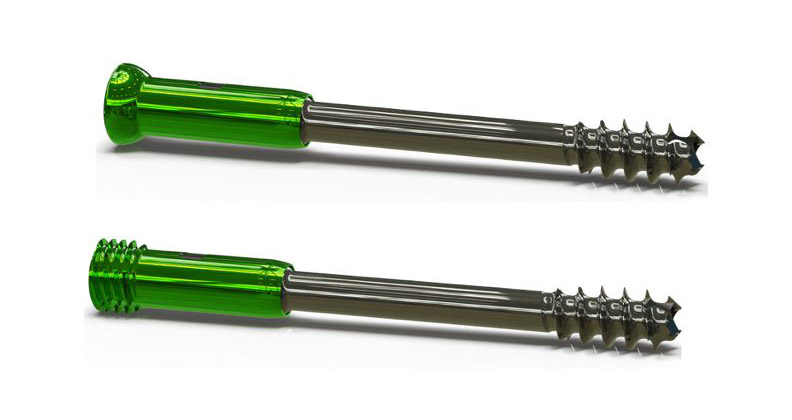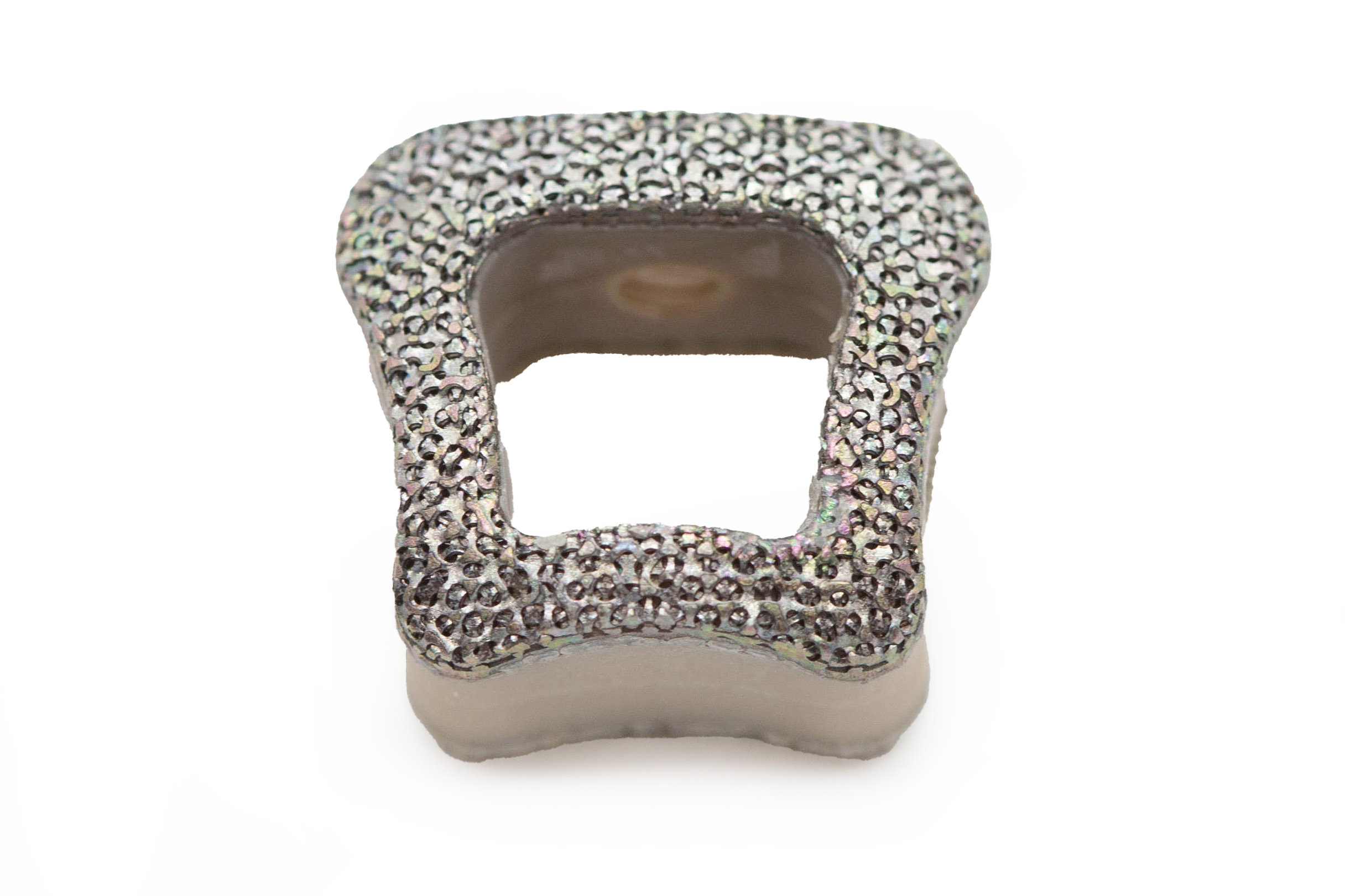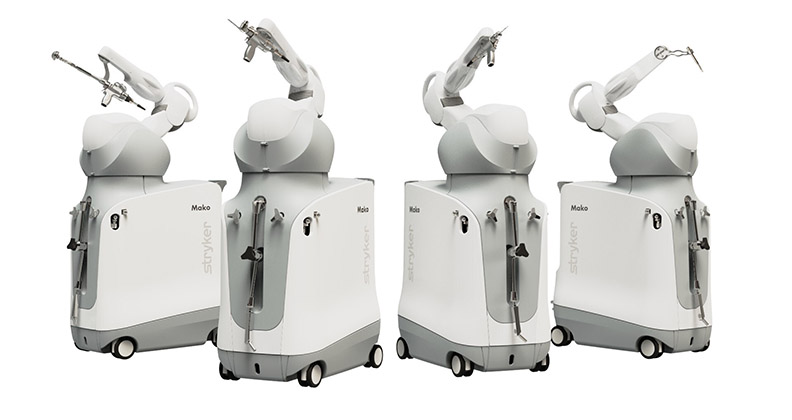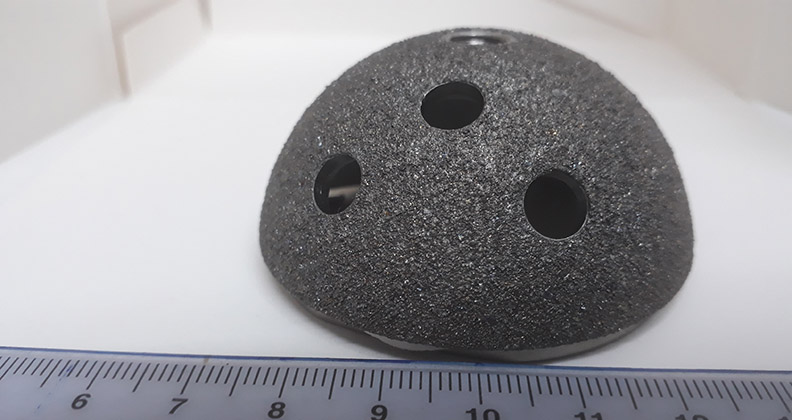
The best advancements in orthopedics fill a clear and unmet clinical need. When several trauma and foot & ankle surgeons in the Department of Orthopaedics at the University of Utah expressed an interest in a dynamic compression bone fixation device to improve fracture fixation, joint fusion and osteotomy stabilization, researchers at the university’s Orthopaedic Innovation Center listened.
The surgeons identified an opportunity to improve the complication rates associated with non-unions, malunions and pseudoarthrosis across several indications, so the researchers developed a dynamic compression implant system.
Unlike traditional static implants, the system delivers continuous dynamic compression, a proven biomechanical principle that has already revolutionized bone staple technology. Just as dynamic compression bone staples made from nitinol have replaced static staples made from stainless steel, dynamic compression screws and dynamic compression intramedullary devices could become the new standard in orthopedic fixation.
“This technology represents an important evolution,” said Wade Fallin, Executive Director of the LS Peery, M.D., Orthopaedic Innovation Center and Dr. Louis S. and Janet B. Peery Presidential Research Professor. “Dynamic compression has demonstrated clear biomechanical and clinical advantages over traditional static implants. With our patented platform, we believe we are on the cusp of transforming orthopedic surgery worldwide.”
Stability for Healing
Complication rates for fracture fixation, joint fusion and osteotomy stabilization can reach 15% to 20%, and loss of compression at the bony healing site is often considered a major contributor, according to Fallin.
“These complications often require a revision surgery, which can mean significant compromises to patients’ physical, physiological and economic well-being,” he said. “A dynamic compression bone fixation device has great potential to increase the percentage of successful primary outcomes, which is the best result for patients and all other stakeholders.”
Fallin added that orthopedic surgeons have been trained on the four AO principles of fracture management, the second of which involves achieving fracture stability.
“Stabilizing the repair construct requires initial and sustained compression at the bony healing site during the healing period,” he explained.
Surgeons understand that several factors can compromise compression, stability and healing: the viscoelastic nature of bone; bone remodeling at the bone healing site; and physiological loads acting on the bone healing site during the healing process.
“By using dynamic compression implants, surgeons can provide better, sustained compression and therefore better stability throughout the healing period, potentially increasing successful outcomes,” Fallin said.
Strong Solution
Sourcing and manufacturing components, especially the nitinol material, was a major obstacle to overcome for Fallin’s team. Designing a multi-component dynamic compression implant with mechanical performance comparable to an equivalently sized one-piece implant also presented them with a significant design challenge.
“Achieving that level of mechanical performance was our stretch goal,” Fallin said. “We never thought we’d get to comparable levels, but we conceived and developed an innovative structure that will work for many orthopedic product categories — bone screws, intramedullary fixation rods and derivatives of the two.”
The device Fallin’s team created is reportedly the only dynamic compression screw that has mechanical properties — torsional strength, bending strength and shear strength — that match a conventional one-piece cannulated screw of comparable size.
“Options currently on the market are all notably weaker in all aspects of strength,” Fallin said. “Those devices force a difficult tradeoff for surgeons. Should they choose to use an implant that offers better compression in exchange for a higher risk of device breakage?”
With the dynamic compression system, no such decision is required, according to Fallin, and surgeons can be confident that the implant will have mechanical integrity that matches the cannulated screws they routinely use today.
Fallin pointed out that currently marketed dynamic screws also house undercut features, which are needed to allow the device to shorten and maintain compression.
“However, if tissue becomes entrapped in these undercut features, two things occur,” he said. “The device loses its ability to provide dynamic compression, and the device becomes very difficult to remove in a hardware removal procedure.”
Fallin’s device has no undercut feature that can interfere with dynamic compression or hardware removal. The entire surface of the system comes in contact with bone and has no openings where soft or bony tissue can get trapped.
Ready for Commercialization
The dynamic compression system is protected by six active U.S. patents, with more national and international applications pending. Regulatory efforts are already in motion. A 510(k) submission for the dynamic compression bone screw technology is currently under review by FDA, and its expected clearance by the end of the year will pave the way for U.S. commercialization.
The University of Utah’s Orthopaedic Innovation Center is currently engaging with medical device companies and strategic partners interested in licensing or acquiring rights to the dynamic compression platform technology.
“We look forward to seeing this technology in clinical use and improving outcomes across many orthopedic trauma and foot and ankle indications,” Fallin said.
DC
Dan Cook is a Senior Editor at ORTHOWORLD. He develops content focused on important industry trends, top thought leaders and innovative technologies.




